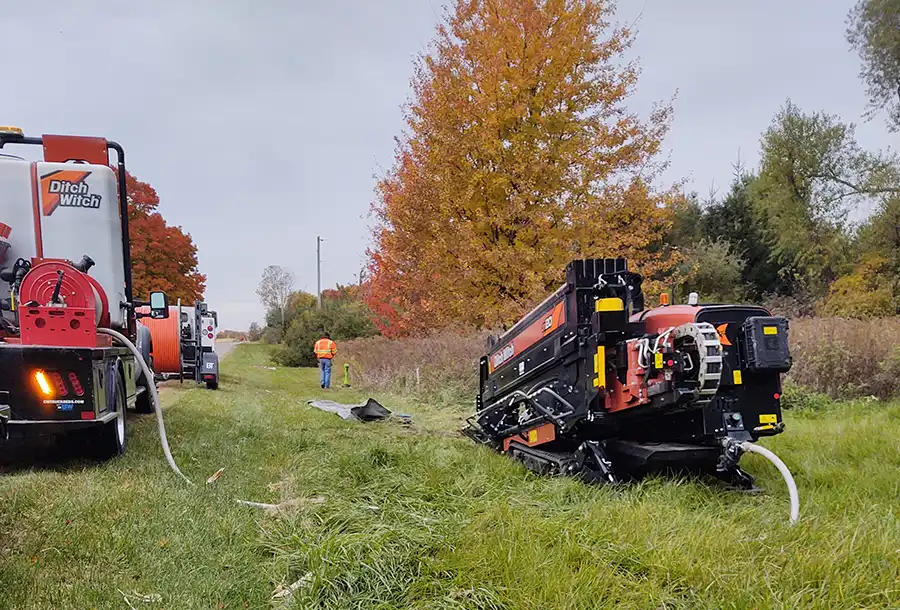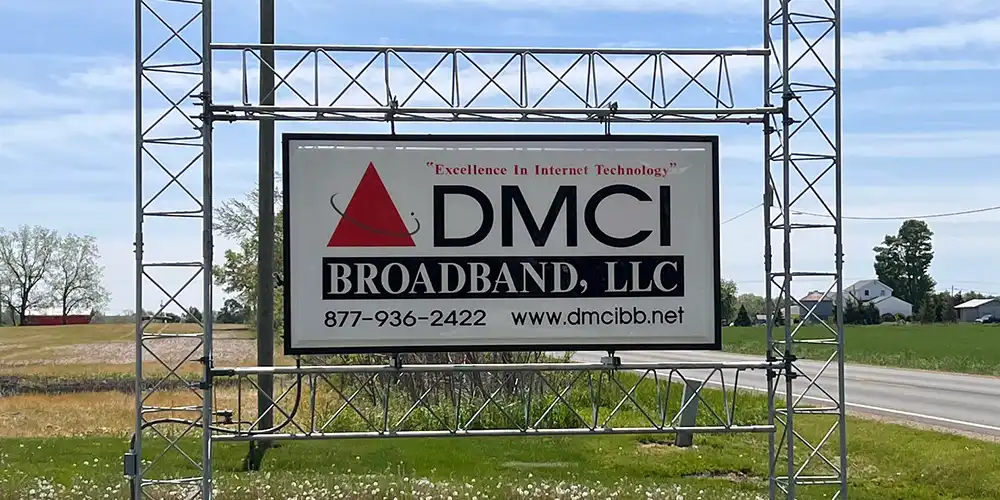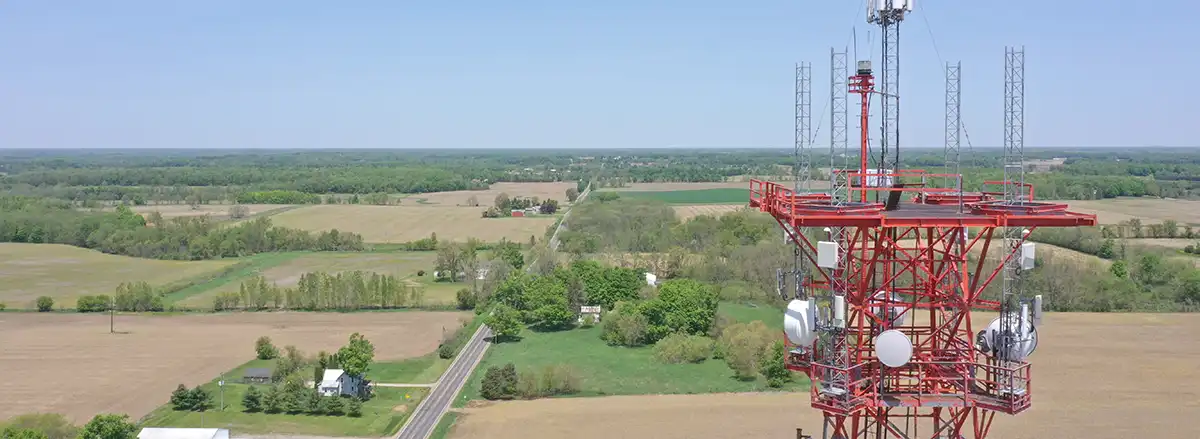How Fiber Works
Fiber has had a long history of being the backbone of the telecommunications industry. It's been used for decades to connect cities, countries, and continents. Now, it's finally being used to connect homes and businesses. With the full power of fiber, you can enjoy the fastest speeds available that were previously only available specialized businesses, and the most reliable connection possible.
Wire to Fiber: In the first stage, electrical signals carrying data are converted into light signals using an optical transmitter. This process involves the modulation of the electrical signals into a format suitable for optical transmission. The optical transmitter typically uses a laser diode or a light-emitting diode (LED) to generate light pulses that represent the encoded data. This conversion from electrical to optical signals is a crucial step in preparing the data for transmission through the fiber optic cable.
Down the road: Once the data is converted into light signals, they are sent into the fiber optic cable for transmission. The fiber optic cable consists of bundled optical fibers, which are extremely thin strands made of glass or plastic. These fibers act as the transmission medium for the light signals. The light pulses are launched into the fiber optic cable using specialized connectors or transceivers. The cable's structure ensures that the light signals propagate along the fibers and are contained within the core, minimizing signal loss and interference.
Arriving: At the receiving end, an optical receiver detects the light signals transmitted through the fiber optic cable. The receiver typically consists of a photodetector, such as a photodiode, which converts the incoming light pulses back into electrical signals. The photodetector detects the intensity of the light and converts it into corresponding electrical current variations. These electrical signals are then processed, amplified, and decoded into usable data by appropriate circuitry.







